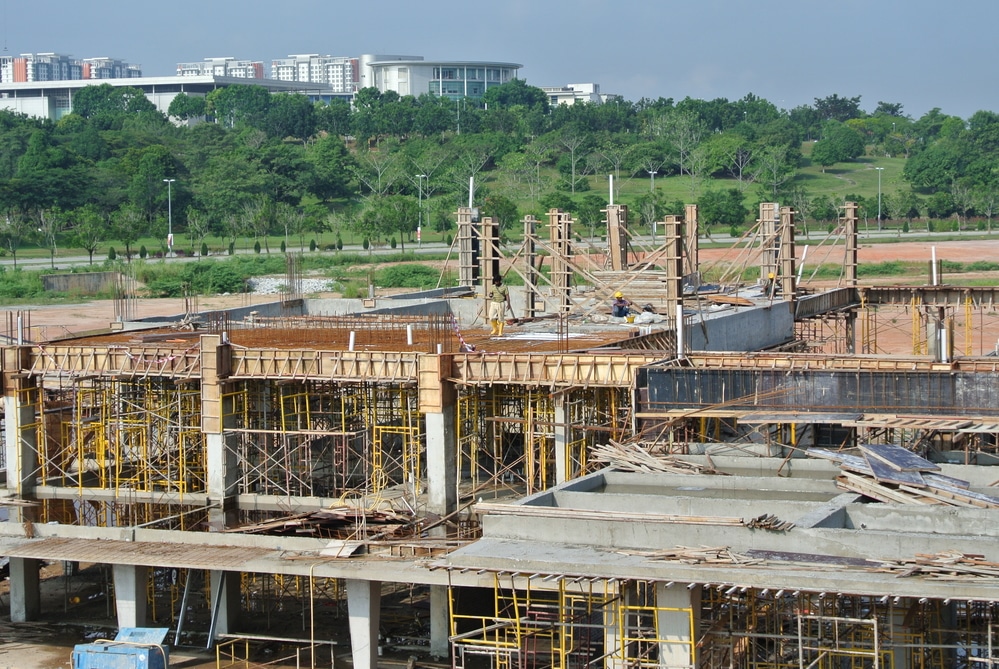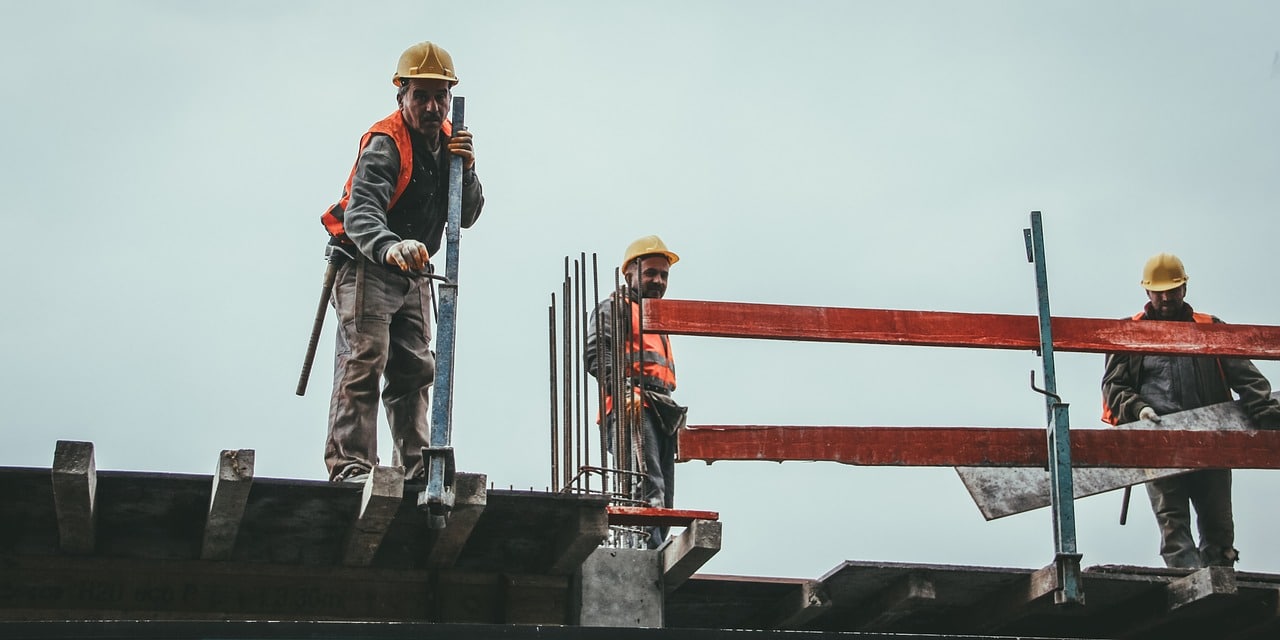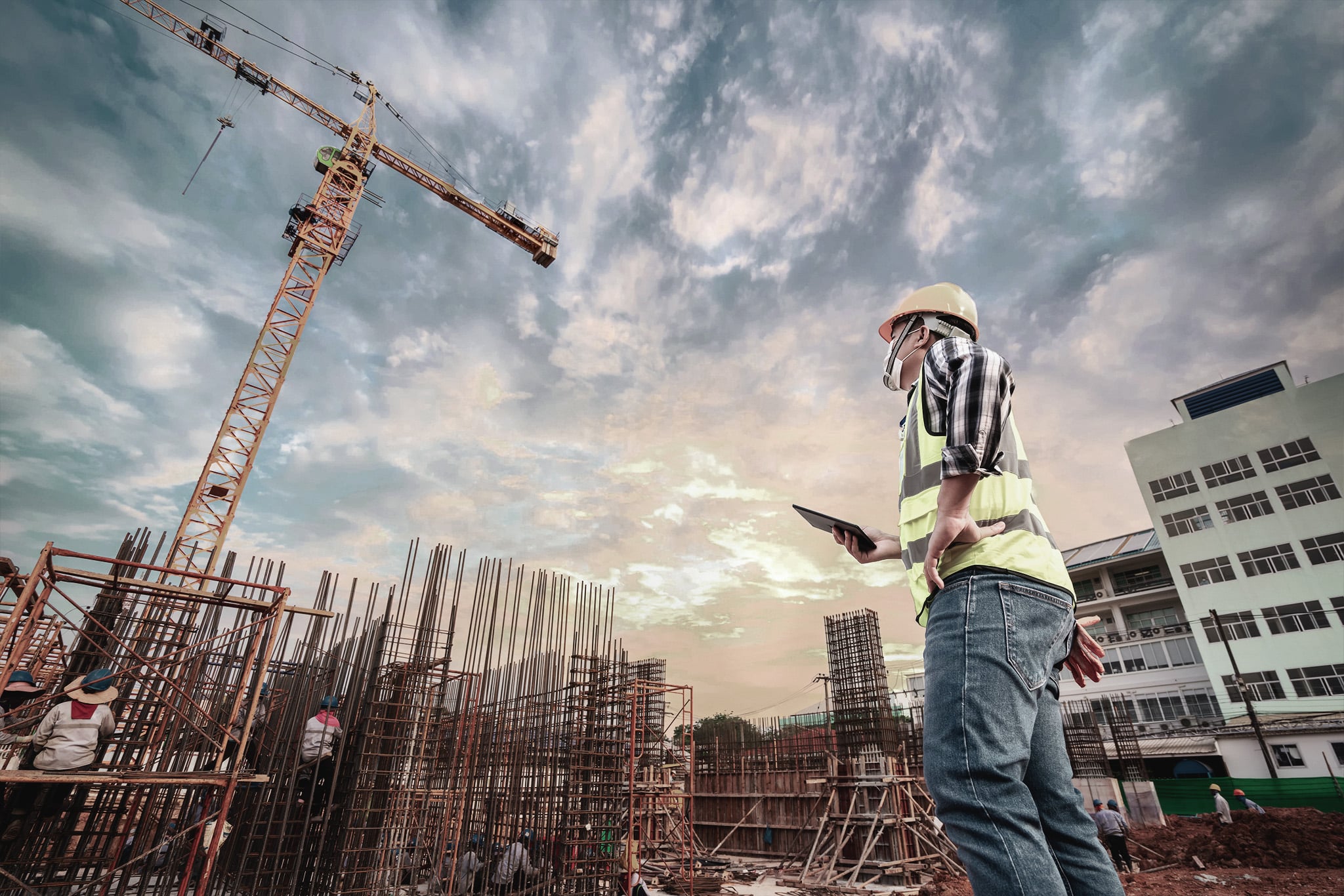In the construction industry, one of the common challenges people face is issues with their material management. Poor material management can lead to issues with the timeline for your entire project. Here are some of the most common issues with material management and some tips for how to handle them.
Bid procurement
It is common for the scope of a project to change while it is coming together, which means the bidding process can be affected. A good example of this is if the property owner decides they want to change the materials to something with higher quality, without the overall budget of the project being changed. The general contractor will usually agree to this and then work with their on-site specialty contractors, like the electrical contractors, to determine what accommodations can be made and how to make them.
The electrical contractor is usually one of the last contractors to be brought into the project, and if all of the details of the project have already been determined before they are brought it, they may be asked to lower their bid to accommodate the situation.
This situation can be avoided by simply maintaining communication and involvement among all of the contractors throughout the project. Bringing in all of the contractors in the beginning, including the electrical contractor, will help to avoid this problem. The contractors can all provide more realistic costs and timelines to the owner, and they will be able to help the general contractor determine what accommodations can truly be made to the project in order to make the changes the owner is wanting.
Material purchasing
In general, material purchasing falls into two categories:
- Major Materials: materials that are specific to the project, and include things like switchgears, lighting fixtures, and alarm systems
- Miscellaneous Materials and Commodities: off-the-shelf items like cables, fittings, conduits, ties, and straps.
The purchasing process can often involve negotiating with manufacturers over the price and quantity, which can be a long process sometimes. The person in charge of purchasing materials needs to work out a schedule for when the materials arrive, to ensure they are there when they are needed.
The miscellaneous materials are generally purchased through a distributor, in either a blanket purchase or based on a bidding process; though blanket purchases are not as common, due to the competitive market. These materials are easier for the contractor to acquire on shorter notice, so waiting until later in the building process may not hold up your construction.
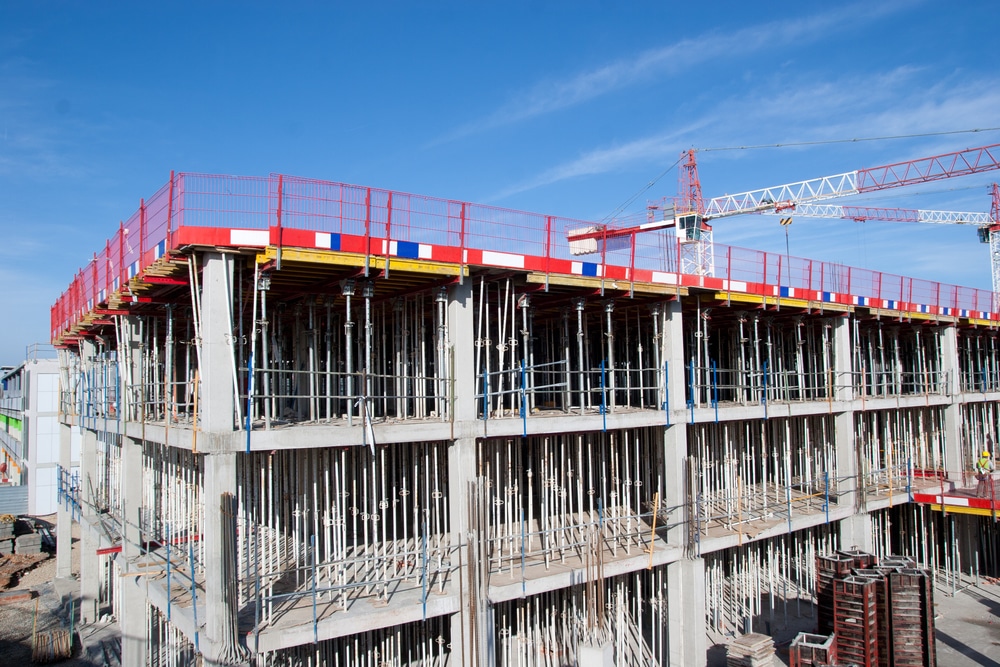
The major materials need time to be fabricated specifically for this job, so they need some time to be put together. Waiting too long to order these can lead to major delays in the construction process. The manufacturer can be short on supplies or need a longer amount of time to finish fabricating everything.
Many contractors will order materials daily as needed, collecting the lists that each area needs for the next day. The problem with this is that the materials may not be there before the workers arrive in the morning, so they may be stuck waiting for part of the day until the order arrives on site.
Find here: Expert talk – Digital innovation is the number one priority in construction
A simple solution to this is to determine what will be needed further in advance, then scheduling everything to arrive a day before it is actually needed. Many distributors are willing to work with you to break up the project into a schedule of shipments based on what is needed when.
Another solution that many people are turning to is purchasing a prefabricated steel building kit. These kits come with everything you need for your building and allow you to get your building up in half the time it takes to construct a building out of traditional materials. They are also just as customizable as a building made from traditional materials. Since the kit comes with what you need, you will not need to worry about construction being held up by waiting for something to be delivered.
Material procurement
After your supplier has been selected and your materials ordered comes the waiting process. Your contractor will have to develop a system for receiving and tracking your materials as they begin to arrive. Many companies do this by creating a material requisition schedule that specifies the different materials and quantities for each of them, along with the set dates they should all arrive. To avoid having a surplus of materials, many contractors will only order 80 percent of what is estimated as needed for the project, then order the rest when it is closer to completion and they have a better idea on what is needed.
Customarily materials will be delivered directly to the job site, but sometimes it is not feasible due to storage limitations; in these cases, the material is sent to the contractor’s warehouse or other storage location. However, if something is not needed right away, it may also be stored in the warehouse instead of on site, for space or security reasons. Sending everything to a warehouse is also common if the contractor is planning on having everything prefabricated before bringing it to the job site.
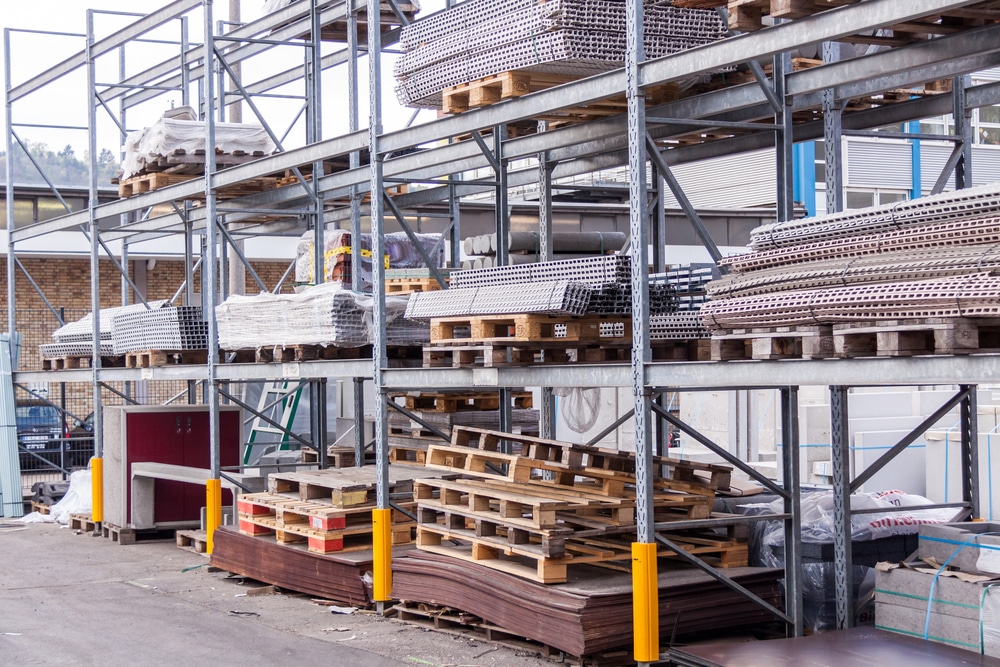
Once you have determined when and where everything is supposed to be delivered, things may become complicated, and you can end up with delays, storage problems, unexpected costs, and more. Some of the complications you may encounter include:
- A miscommunication makes it so something does not arrive at the time you need it
- Something is delivered to the wrong location like something is sent to the job site when it needs to be at the warehouse, and vice versa
- You receive the wrong quantity of the materials. Too many materials can lead to storage problems, while not getting enough can lead to being stuck waiting for something vital that stops up the construction process until it arrives
There are several ways you can help avoid these kinds of problems popping up in your project. The best way to help deter these issues from arising is to make sure everything is clearly written down before it is submitted. Keeping communication with your suppliers will also help to avoid these pitfalls.
Working with trusted suppliers is also key to making sure everything runs smoothly. Sometimes you may pay a little more for your materials, but in the end, it is worth it if it helps to make sure your project runs smoothly.
Storage and inventory management
Material tracking, inventory, and storage often lead to challenges on the job site. If there are too many people involved in the process, a simple miscommunication can lead to materials being misplaced, causing things to be held up or reordered.
Keeping track of your materials is a huge challenge in construction, especially if it is a large job. Tracking the materials as they come in when they should be coming in, and if anything is delayed is a vital part of construction.
A good tracking system is also important for helping minimize both theft and loss, and it will help you find something quickly and easily.
Read also: Streamlining the construction process – 6 smart approaches
An easy solution to this problem is to implement some sort of electronic tracking system. Automated systems with bar codes are popular, as you only have to scan something to mark that it has been received or removed from the site. It also gives everything a logical way to organize your inventory, so you know exactly which shelf something is on. There are many types of electronic systems out there to help with this, so it is a manner of determining which one is the best fit for you. Some systems can even be set up to automatically order something for you when your inventory gets low or you run out of it.
Your tracking system also needs to be able to record damaged materials separately from your current inventory. This part of tracking can also help you determine if there is an issue with where something is being stored or if the way it is being moved is problematic.
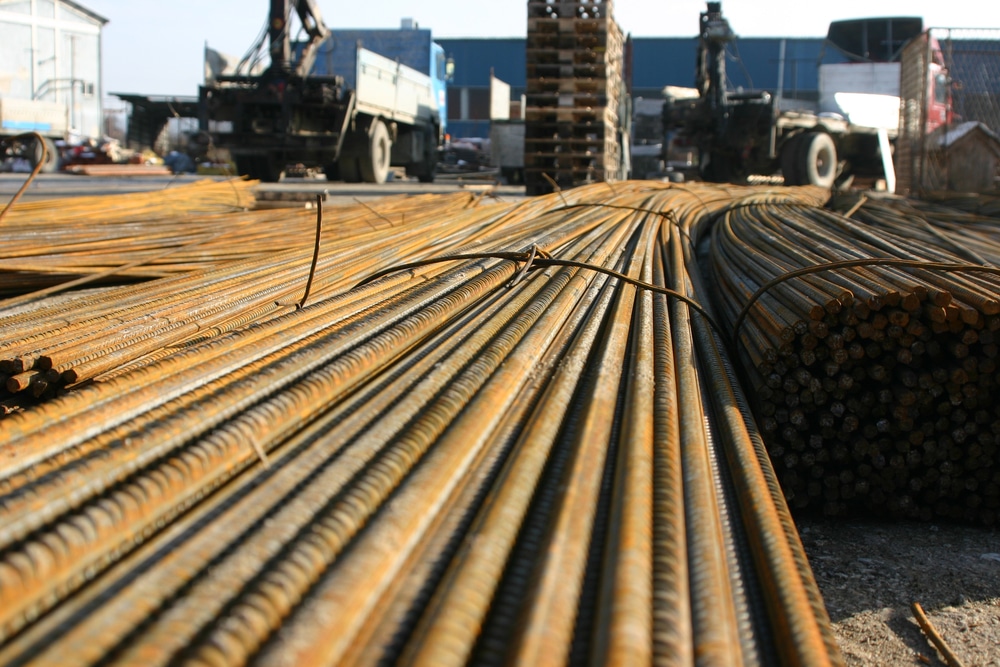
Rehandling inventory as it is moved from storage to the job site is another area where there can be issues in material management. This is a point where things can get lost or damaged if they are not handled properly, which can create difficulties in the project. When you use on-site storage instead of a warehouse, this will help reduce those risks, but it is a potential problem you need to be vigilant with no matter how you are storing things. Your tracking system will also help you avoid losses when something is being moved.
Keep in mind that every job will have different needs for its material management, so you will need to be able to make some adjustments for each project. But, if you already have a solid system in place you may only need to make slight changes from project to project. There are countless systems in existence that will help you manage your materials more efficiently, and help you avoid losses and damage; you just need to find the right one that works for your company.
About the Author: Auz Burger has a Bachelor’s in English Literature and minors in media communications, professional writing, history, and women’s studies from Washington State University. She is a freelance editor and writer, and she is the copywriter for General Steel. Connect with her on Twitter at @AuzBurger.

